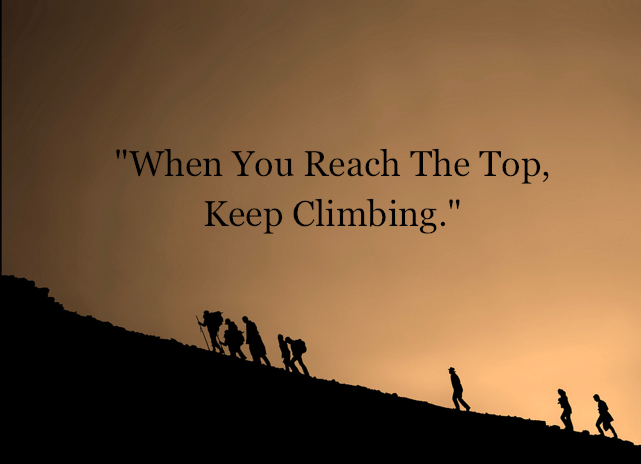


- Is it right to risk bringing such danger on one's relatives and friends by challenging the forces of law and order?
- What are the consequences of ' just accepting the situation in which you find yourself [so] everything will be so much easier'? (Boyne 53) Bruno's father to Bruno.
- What is the relationship between decisions and consequences?
- The Boy In Striped Pyjamas was set in the past? Why should you care about this issues raised in the book? Should we continue to study this book in Grade 7?
Challenging the forces of law and order could risk a life or two, maybe a family, even. But if risking a few lives can save an entire nation, it is the right thing to do. It is as well, the bravest and toughest thing to earn up to – making the situation a little more complicated. Challenging the forces of law and order would mean disagreeing, breaking the silence, protesting. The people whom were silent, weren't doing anything about the holocaust, they appeared as if they were accepting the situation in which they found themselves. Accepting the situation in which you find yourself is just as equal as agreeing with the situation in which you find yourself, thinking it is the good, right thing to do. But for most people that were silent, they were either convinced from propaganda that either the Jews were the cause in their loss of war, which then led to alliances with the Nazis. Or people were afraid to speak out and be the one in millions and then be taken away and killed- just like the Jews.
The villagers in Le Chambon fought against the truth and tried to prevent the truth from being what it was from 1940 to 1944. The villagers of Le Chambon kept Jews in their homes, secure from the Nazis to take them away to concentration camps. They were as public as possible, sometimes speaking openly to the Nazis, themselves. They didn't seem frightened nor did they hesitate to announce their hiding of the Jews. The action wasn't even planned. The whole village just did this out of kindness, saving an estimate of 3,000 to 3,500 Jews from their deaths. Some villagers sent the Jews they hid to Switzerland. Some forged their identities and kept them as if children. This action was unpredicted as for, France had been in alliance with the Nazis- which would show just how brave and outstanding this was of the villagers. (3)
Other than that little village in France, there was also the White Rose movement- another group that resisted the Nazis with meaningful words. The White Rose movement group was expanded to several places in Europe, once the group had found it's purpose - Hamburg, Freiburg, Berlin, and Vienna. "We are your bad conscience. The White Rose will not leave you in peace!" “We will not be silent,” was only two of the many messages they were implying to some of their followers and to the government. The White Rose movement didn't help the Jews and use their hands but used their voices to speak out and point out the wrong, and threaten in order for the bad to stop. They were protesting. Soon after, the leaders of the group- Sophie Scholl and Christoph Probs were put in jail and executed. (2)
There were even smaller and less effective, but still groups that hid Jews from the Nazis in their homes. There was a small team in Denmark resisting. One of the witnesses and team members, was a Dane named Preben Munch-Nielsen. He was born in 1927. Preben had a few Jews as his classmates when he was young, but at the time in Denmark, nobody was different, nobody was chosen- of which, wouldn't lead to genocide. They were all Danes to one another. In 1939, when Preben was in fifth grade, Hitler had stated he wouldn't invade Denmark, leaving the country with some peace. October 1943, Germans were searching for Danish-Jews. That was the time of which, Preben became more interested and more involved. Preben and parts of Denmark attempted to save some Jews by hiding them near-shore houses and sending them on boats for a 50 minute ride to Sweden at late night, in the dark. The people contributing to this action took in about 12 Jews at a time. Preben and others in Denmark saved 1,400 refugees. (1)
We should definitely care and study the holocaust, the past, ‘The Boy in Striped Pajamas’. I think we should continue this in 7th grade because the past is what makes the present and the now. If we don’t understand what happened in history, how do we know what makes of the world and people’s lives now? The question was solved when I learned about the holocaust and when my peers learned and understood it as well.
Sources:
1) "DENMARK - PERSONAL HISTORY." UNITED STATES HOLOCAUST MEMORIAL MUSEUM n. pag. Web. 15 Apr 2010.
2) "White Rose." Holocaust Encyclopedia n. pag. Web. 15 Apr 2010.
3) "Le Chambon Sur-Lignon." Holocaust Encyclopedia n. pag. Web. 15 Apr 2010.

No comments:
Post a Comment